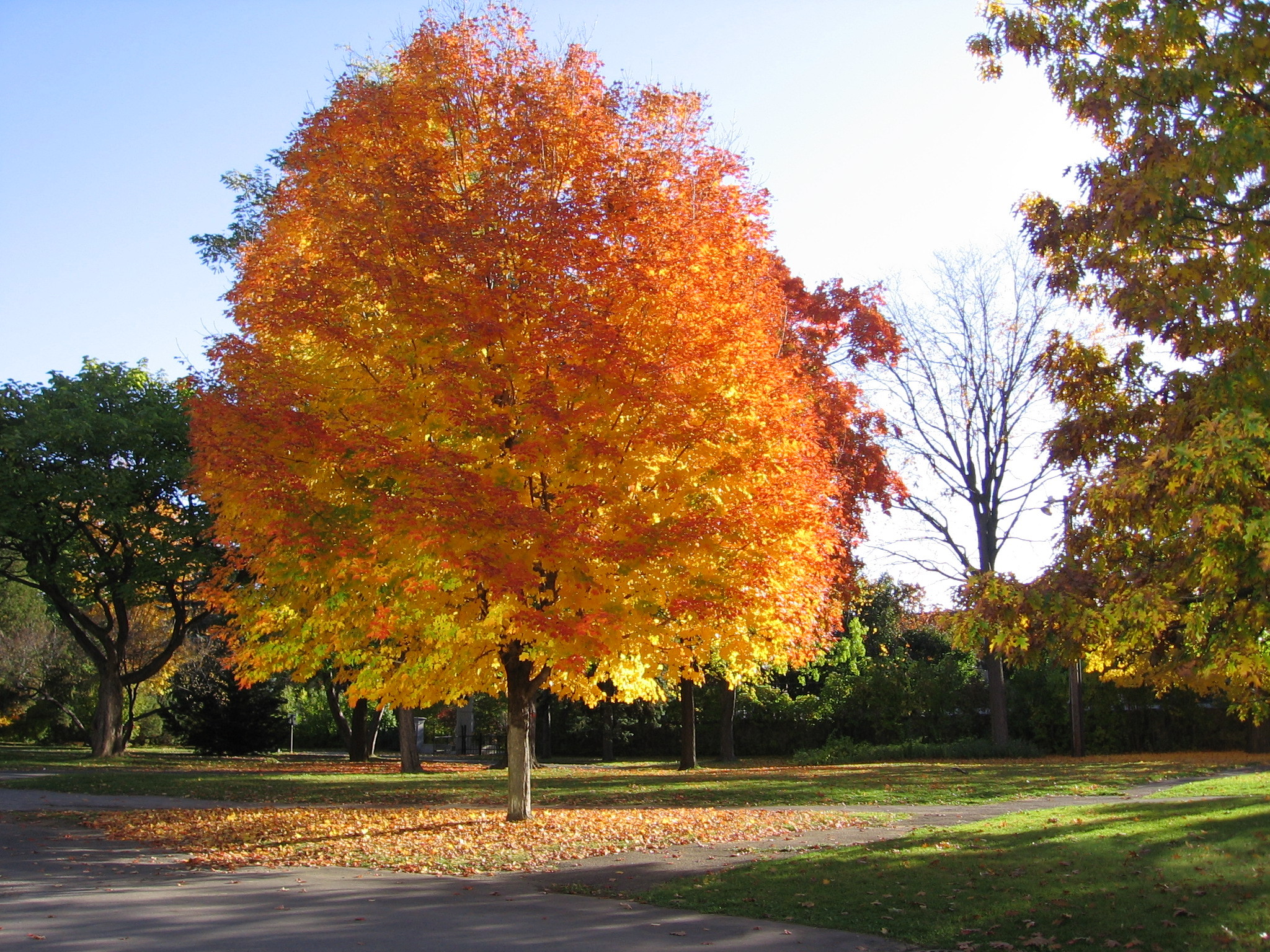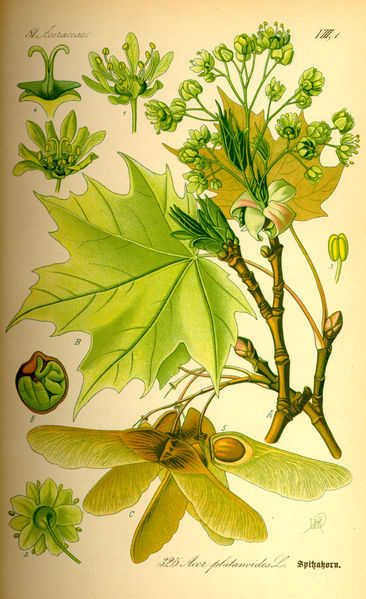Norway Maple : Invasive Species?
“The very idea of "managing" a forest in the first place is oxymoronic, because a forest is an ecosystem that is by definition self-managing.”
- Bernd Heinrich
To understand the term invasive in reference to a plant species, the United States Fish & Wildlife Services website begins by defining the terms exotic and native species. An exotic species is one that is not native to whatever habitat it happens to be in, a native species is one that originally or historically appears in a certain habitat. Invasive species are exotic species whose introduction to a nonnative environment will likely cause negative environmental harm and harm to human health.
Federally, the Norway maple is not declared invasive. New Hampshire has banned the selling of Norway maples in tree nurseries and the planting of anymore Norway maples in NH soil. Maine is interesting in that it does not make invasive plants illegal. Arborists simply encourage tree nurseries to reduce the supply of a certain species. This is because it takes ten years of trials, after a tree is labeled invasive, to prove the species is not invasive. That means the tree industry loses certain species for ten years.
Vermont has listed the Norway maple as a category II plant. An “exotic plant species considered to have the potential to displace native plants either on a localized or widespread scale.” There are many “Control Options,” “Control Methods,” “Management Guides,” and “Management Considerations” listed on federal government websites and state government websites. These helpful hints and tips are all in favor or slowing down the expansion of the Norway maple, and are cautious of its impact on the native environment.
Why does the Norway maple spread so quickly and efficiently in North America?
· It transplants well
· Adapts well to a wide range of soil conditions, including clay soils
· Tolerates air pollution well
· Tolerates salt well (winter salting of roads damages Sugar Maples)
· Tolerates hot, dry conditions better than sugar maple
· Requires little to no maintenance
· Tends to naturalize outside of cultivation
At UVM, many Norway maples on campus are labeled on the ArborScope website as being mature and in poor condition. Are they in poor condition in an attempt to get rid of them? Since March 10, 1949, the Sugar maple has been the state tree of Vermont. The pride Vermonters attach to the Sugar maple and maple syrup is a strong human-nature connection. This connection will definitely influence how Vermonters will view the perceived enemy, the Norway maple. It will be interesting to see what happens over the next few years or decades, regarding the Norway maple and its interaction with its adoptive landscape and human cohabitors.



